Hi Fu Mi: Primordial Sounds of the Cosmos
Introduction For the last 20 years since I left Japan, I have almost exclusively used English to think and communicate. I was not educated on the importance and significance of my…

Introduction For the last 20 years since I left Japan, I have almost exclusively used English to think and communicate. I was not educated on the importance and significance of my…

Introduction I have been on this rambling journey to explore what Japan has lost because of post-war GHQ occupational forces, and now we are on the final leg of this journey….
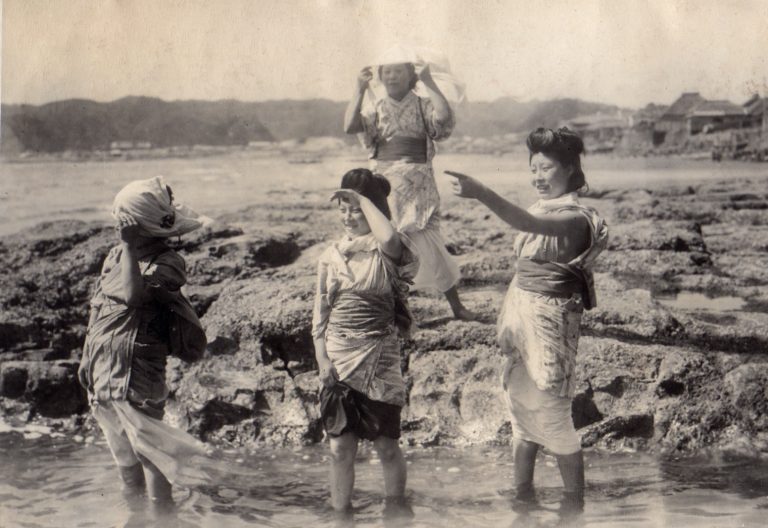
Introduction For the last 5 posts (Part 1, Part 2, Part 3, Part 4, and Part 5), I’ve been discussing 5 elements in the Shinto offering that were systematically targeted and…
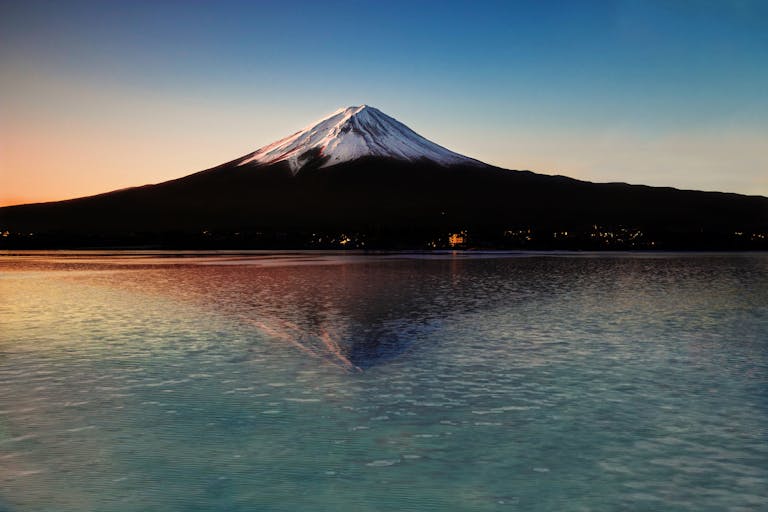
Introduction In the last post of this GHQ series, I explored how Japanese people were under the salt-starve spell for 26 years. Natural sea salt is, it turns out, an essential…
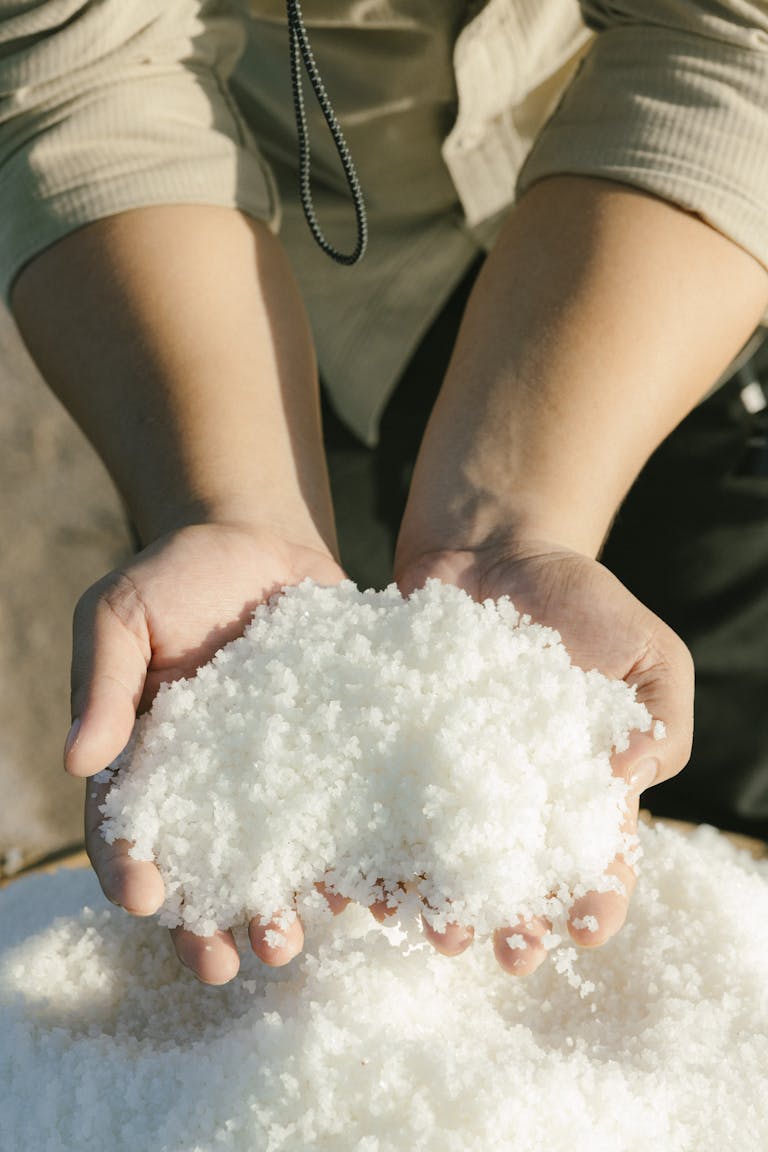
Introduction In the last post of this series, I wrote about the second item on the Shinto offerings and also an integral part of Japanese traditional peacemaking—the sake craft culture. In…
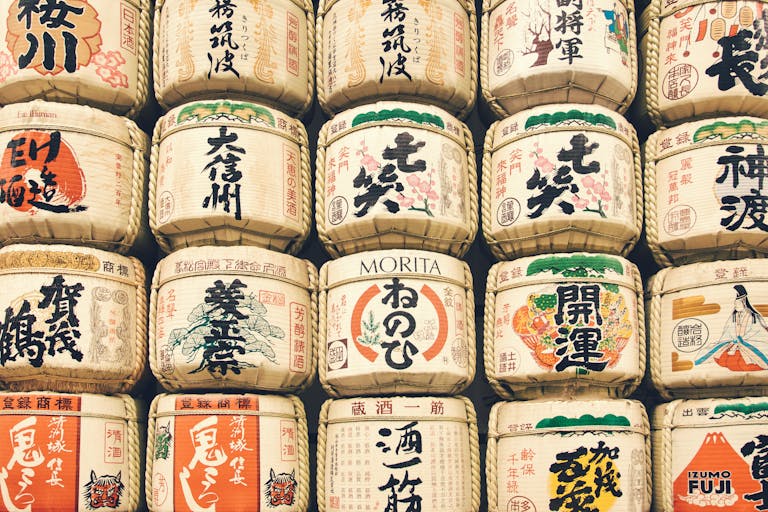
Introduction In the last post, we began exploring what GHQ, or I should say the particular force in the world that wants to control and dominate by extraction of value from…

Introduction In the last post, I wrote how GHQ discovered the secrets to Japanese strength and prosperity. Fearing them, GHQ set out to destroy these elements that provided Japanese people with…
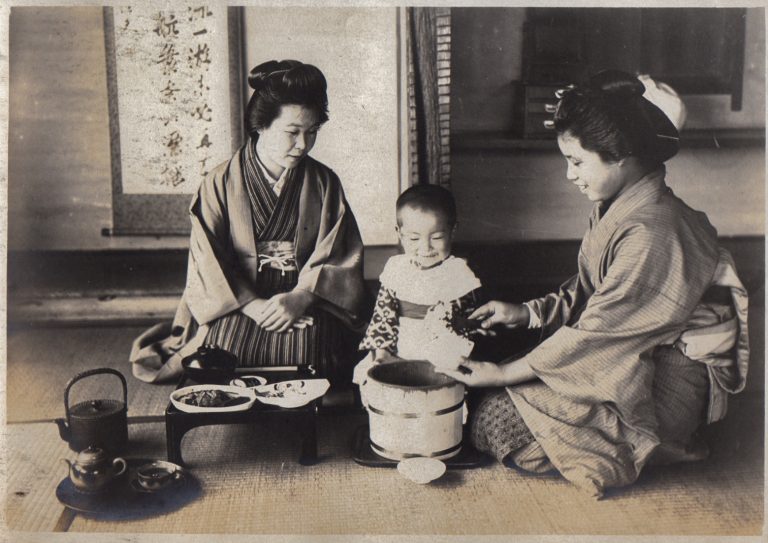
Introduction Growing up in Japan during the 80s and 90s, I always felt an unshakable sense of something missing—like the Tokyo life surrounding me wasn’t the full picture, as if a…
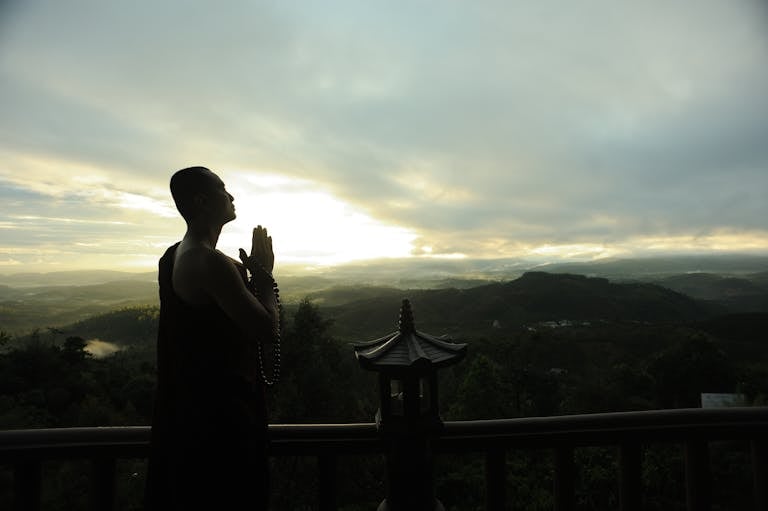
Introduction I was typing about Shinto’s history, reflecting how its noble origin has shaped Japanese culture since ancient times. Then a distant memory bubbled up: I was 5 or 6, standing…
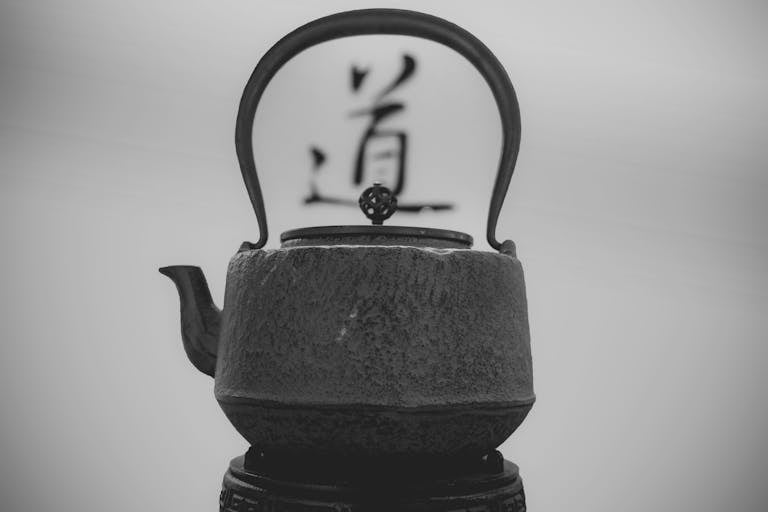
Introduction Questions like “what is Wabi Sabi?” or “that’s just so Wabi Sabi, right?” came my way a few times from my American friends and familes during the last 20 years…